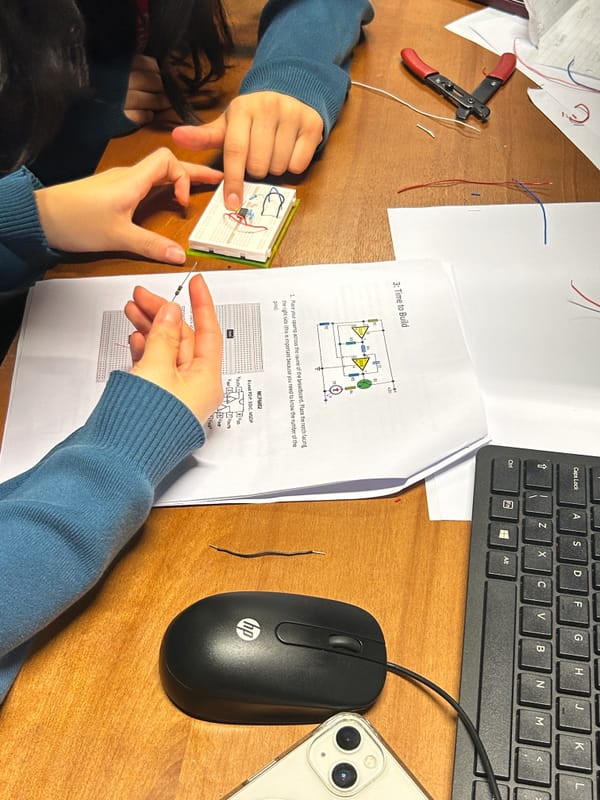Imperial opens Medical campus in Singapore
Imperial College is set to open its first teaching institution abroad

Imperial College is set to open its first teaching institution abroad - a medical school in Singapore. The project is run alongside Nanyang Technological University (NTU), with the College having been commissioned to develop the curriculum. It is scheduled to admit its inaugural intake of 50 students in 2013, eventually rising to 150 per year, and will be the third medical school in the country.
Professor Martyn Partridge, Chair in Respiratory Medicine at Imperial, will be senior vice dean of the new school. Speaking about the rationale behind the collaboration, he told Felix: “The Singapore Government came to us for help with this project because they recognised the quality of our medical course and because they understood that Imperial 15 years ago had remarkable similarities with NTU now, being a college with fine Engineering and Technology expertise but no Faculty of Medicine”.
The new partnership will allow more overseas students to be taught by Imperial College, as there is a 7.5% cap on the proportion of international students attending UK medical schools, and students at the new institution will be awarded a joint Imperial-NTU degree. Additionally, it is hoped that Imperial students will benefit from the project, via exchange programmes with the new medical school and the possibility of spending elective periods in its associated hospitals. There will also be opportunities for staff at Imperial, by means of new jobs and academic collaborations in Singapore.
However, a Singaporean medical student at Imperial, who wished to remain anonymous, is wary of the partnership.
“I would still have gone to Imperial College London [...] because the standard of teaching in London (as a whole and within the College itself) is more established and recognised worldwide. Imperial College has an international reputation to protect, and I hope that the College will make every effort to preserve the high standard of teaching which it has become synonymous with”
Imperial seems to be the ideal candidate for the task of creating a new medical school, given its enviable rankings on both UK and world league tables.
Medicine at Imperial was ranked 3rd in the 2011 Good University Guide, and it was ranked 5th in the world for clinical, pre-clinical and health in the Times Higher Education World University Rankings 2010-11. Furthermore, although its School of Medicine has only been around since 1997, Imperial has had a relatively longstanding involvement in medical training, dating back to 1988 when it acquired St Mary’s Hospital Medical School, itself established in 1854. However, the results of the most recent National Student Survey suggest that improvement is due - although 91% of students were overall satisfied with the Medicine course, only 58% agreed that they receive sufficient advice and support with their studies. Similarly, the General Medical Council’s latest Quality Assurance report on the course found that both careers advice and feedback on student progress were ‘variable’. However, Professor Partridge feels that there have been “tremendous efforts made in the last 18 months to improve students’ perception of how much feedback they receive”, and insists that NTU have chosen the right partner.
“The Singaporean Government considered all of the best Universities when selecting a new partner for Nanyang Technological University and after due diligence they chose Imperial as offering the best course”.
The news of Imperial’s expansion brings it up to speed with numerous other UK universities, including Nottingham and UCL, who have already opened campuses abroad.
However, it should be noted that this will not be the first overseas institution with College branding: in 2006, the Imperial College London Diabetes Centre opened in Abu Dhabi, UAE, which was last month awarded JCI (Joint Commission International) accreditation in clinical care.






